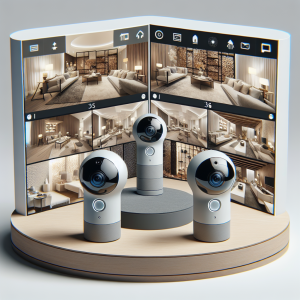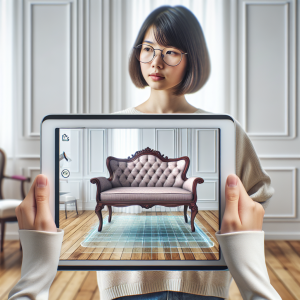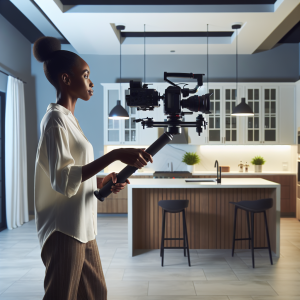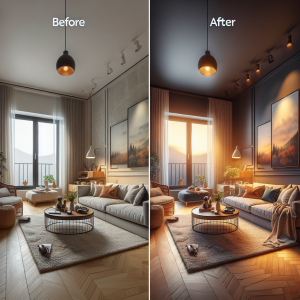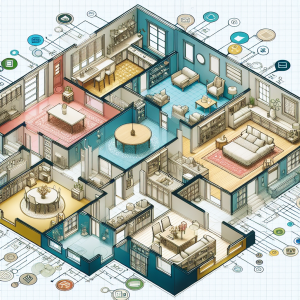Discover how 360-degree cameras transform real estate with immersive property tours that captivate buyers and boost viewer engagement. Learn about the best cameras and essential tips for creating virtual tours that stand out.
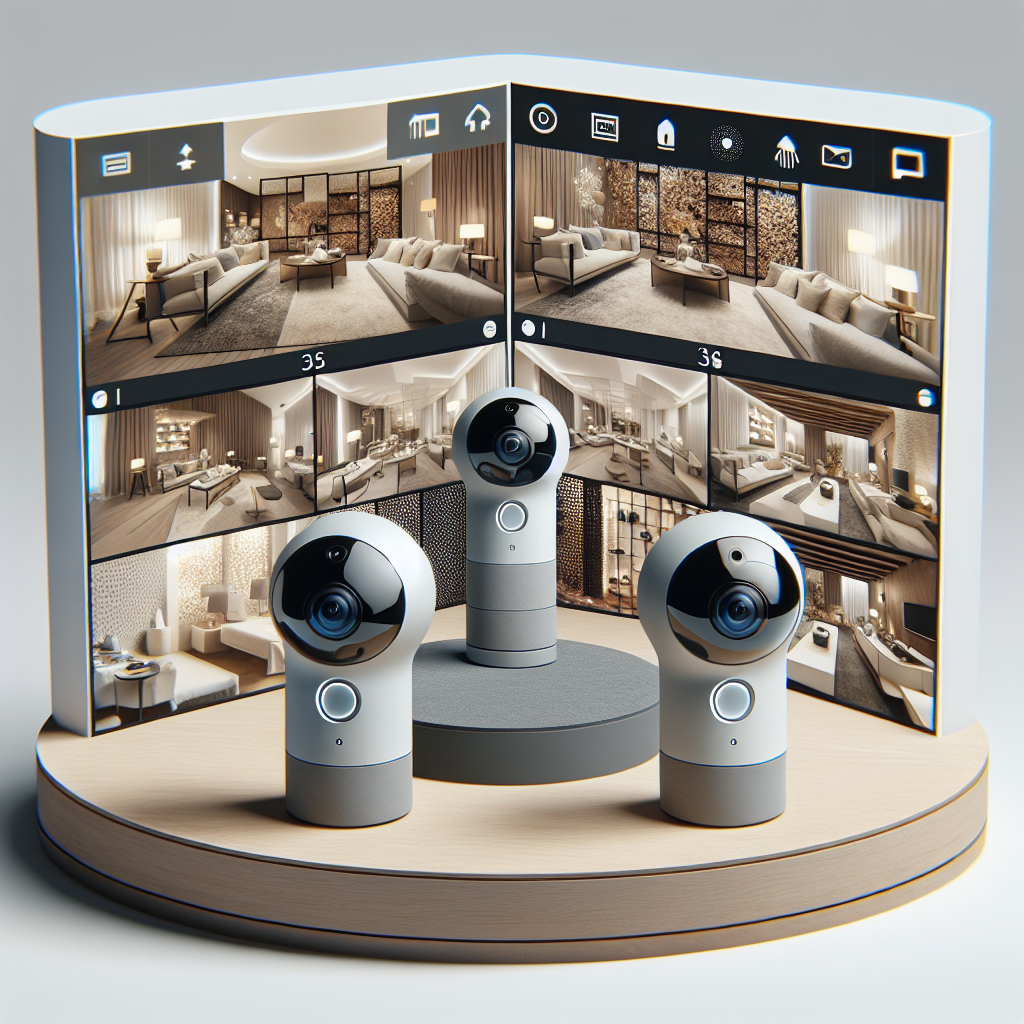
This blog explores the transformative impact of 360-degree cameras on real estate marketing, highlighting their ability to provide immersive property tours that enhance buyer engagement and detail visualization from the comfort of one’s home. Industry favorites like the Ricoh Theta Z1 and Insta360 One X2 ensure thorough property showcases through panoramic views and high-resolution imagery. Despite challenges such as the technology’s learning curve and cost, innovative solutions like AI-enhanced stitching are making these tools increasingly accessible. Future discussions will delve into how virtual tours are reshaping property valuation and buyer expectations in the modern real estate market.
In today’s fast-paced real estate market, where digital presence and immediate access reign supreme, the role of immersive technology has never been more pivotal. 360-degree cameras are revolutionizing property tours, offering potential buyers a comprehensive view without stepping foot inside. These innovative devices allow for a seamless, interactive virtual experience that is reshaping customer engagement and accelerating the decision-making process. Did you know that listings with virtual tours receive over 40% more views compared to those without? This is a testament to the growing demand for digital convenience and enhanced visualization in property marketing.
In this blog, we will delve into the transformative power of 360-degree cameras. We’ll explore the finest cameras available, provide critical tips for stitching together impactful virtual tours, and discuss how these advances can not only elevate the appeal of your listings but also significantly broaden your market reach. As we navigate through the exciting possibilities, prepare to uncover how you can captivate and engage more prospective buyers than ever before, ensuring your properties stand out in a competitive landscape.

In an era where convenience is king and the virtual landscape dominates the real, the advent of 360-degree cameras in real estate marketing is not just an innovation but a necessary evolution. These cameras, through their panoramic views and interactive features, offer potential buyers a detailed and unparalleled access to properties from the comfort of their own homes. This tool has witnessed a rapid rise in popularity, not only for its effectiveness in showing off a space’s potential but also for the significant increase in viewer engagement it brings to property listings.
360-degree cameras such as the Ricoh Theta Z1, Insta360 One X2, and GoPro Max have become industry favorites due to their high-resolution outputs and ease of use. They allow realtors to capture every angle of a property’s interior and exterior, ensuring that prospective buyers receive a thorough viewing experience that static images or conventional video tours simply cannot match. For instance, a well-executed virtual tour created with a Ricoh Theta Z1 can vividly display the natural light in a living room, the expanse of the kitchens, and even the intricate details of tile work in bathrooms—all pivotal selling points that can ignite the imagination and interest of potential buyers.
Creating compelling virtual tours, however, presents its own set of challenges, notably in the area of technical execution. Accurate stitching of images to create a seamless experience is crucial and can be the linchpin between a tour that immerses and one that disorients. Techniques such as ensuring consistent lighting while capturing images, using a tripod for stable and uniform shots, and selecting appropriate stitching software that can handle the high data of 360-degree imagery, are all vital for crafting a professional and engaging virtual tour.
Advanced virtual tours also include tagged information or interactive points—matters from details about the type of marble on the floors to the brand of appliances in the kitchen. For example, a luxury property listing might feature a tour where viewers can click on icons embedded within the virtual space to read additional details or watch videos about the specifics of home features such as underfloor heating systems, smart home capabilities, or even the history of the property.
Despite their numerous benefits, the integration of 360-degree cameras into real estate marketing is not devoid of challenges. The technology requires a significant initial investment in both time and money. There is a learning curve involved in mastering its use and understanding the most effective ways to incorporate this technology into broader marketing strategies. Moreover, there can be a degree of resistance from traditional buyers and sellers who are accustomed to traditional viewing methods.
These challenges, however, are being met with innovative solutions such as offering training sessions for real estate professionals, and the integration of Artificial Intelligence (AI) to enhance the stitching process, thus reducing the time and skill required to create high-quality tours. As more real estate professionals adapt and embrace these technological tools, the initial hurdles can be transformed into long-term gains.
As we move forward in this blog series, we will further explore the significant shift in market dynamics due to virtual tours. We’ll investigate how these tools not only influence buyer decisions but also alter the traditional valuation of properties. Join us as we delve deeper into understanding how this powerful tool can be harnessed to not just meet but exceed the evolving expectations of the modern real estate market, setting a new benchmark in property marketing.
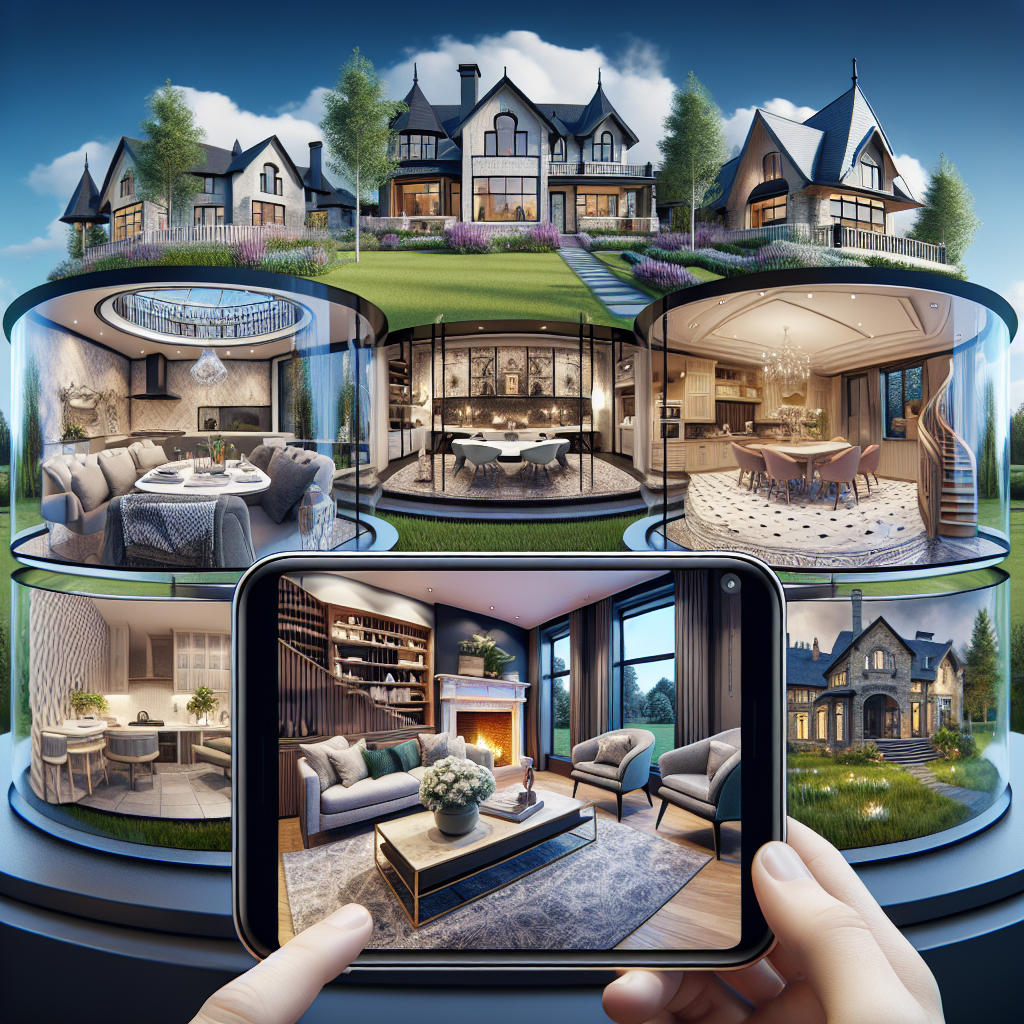
Implications and Future ProspectsThe transition to 360-degree cameras in real estate marketing represents a paradigm shift that goes beyond mere technological adoption. It impacts the operational dynamics of the industry, influencing everything from the agent-client relationship to property pricing strategies. For example, agents who adopt this technology can offer more competitive services by accommodating the schedules of international clients through virtual tours, effectively expanding their market. Additionally, properties marketed with immersive tours tend to have a higher perceived value, instigating a potential increase in their market price.Moreover, a case study showcasing a property in Vancouver illustrates this point. The real estate agency reported a 30% increase in viewing engagement and a 15% faster sale time post the implementation of a 360-degree virtual tour. Such data underscores the tangible benefits and persuades both realtors and sellers to embrace this technology.As we progress into the next section of our series, we will examine specific tools and software that enhance the effectiveness of 360-degree property tours, ensuring that real estate professionals are well-equipped to meet the evolving demands of the market. This transition not only ensures the relevance of agents in the digital age but also enhances the property buying experience for clients worldwide.
In today’s digital-driven real estate market, 360-degree cameras offer an immensely powerful tool, transforming property tours into immersive, interactive experiences that engage potential buyers far and wide. As we’ve uncovered, utilizing high-quality cameras, effectively stitching virtual tours, and understanding market demands can significantly enhance your property listings, making them more attractive and accessible. This cutting-edge technology not only increases views by over 40% but also speeds up the decision-making process, helping properties stand out in a competitive landscape. Embrace these innovations to not only meet but exceed customer expectations and expand your market reach. Harness the power of 360-degree cameras and ensure your listings capture the full attention they deserve.
Interviews, tips, guides, industry best practices, and news.

